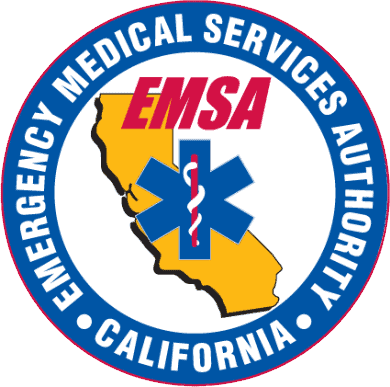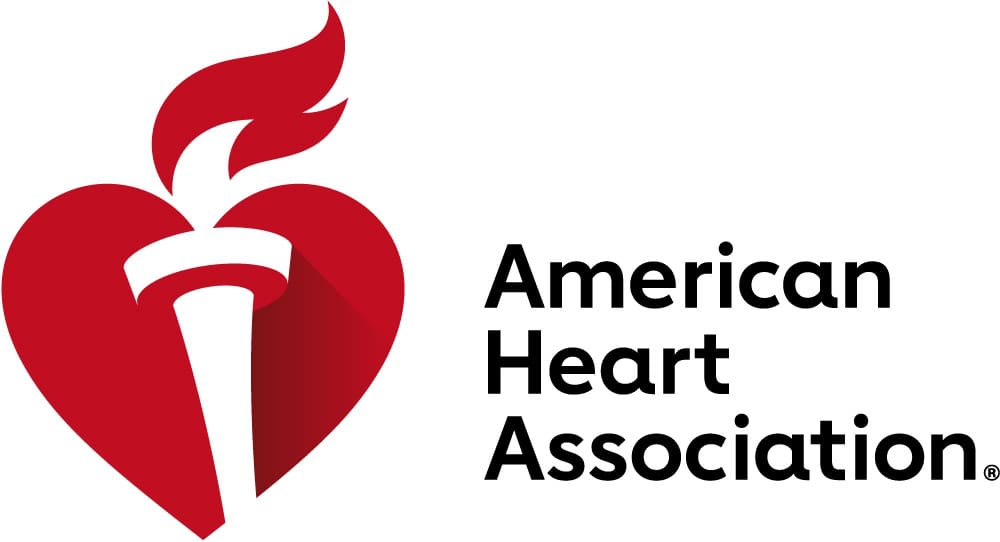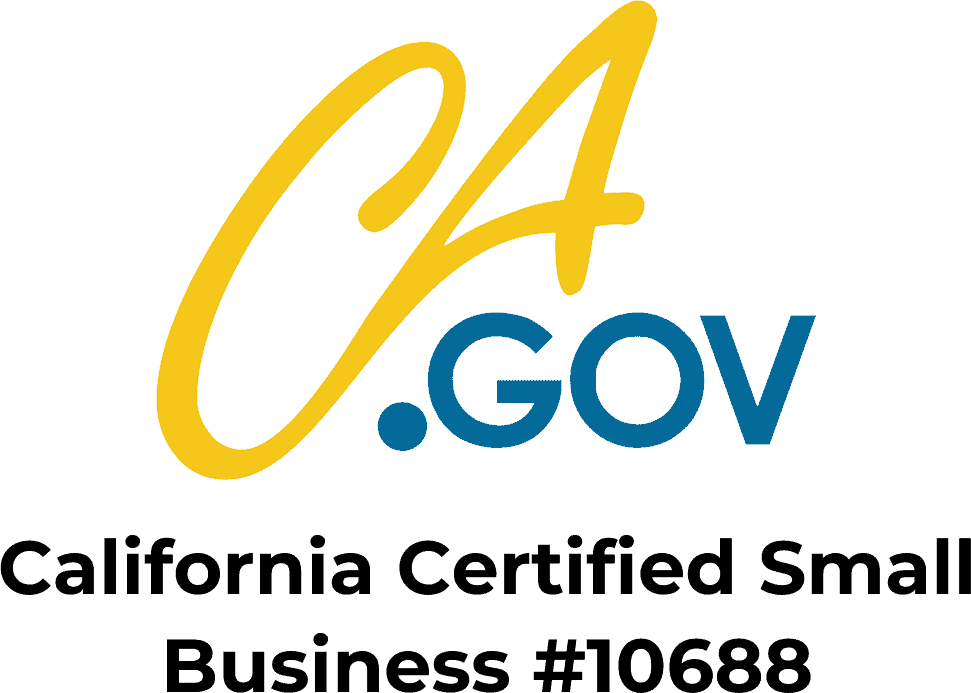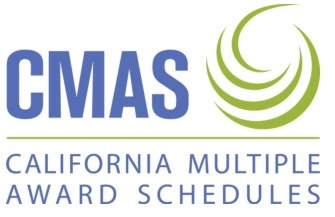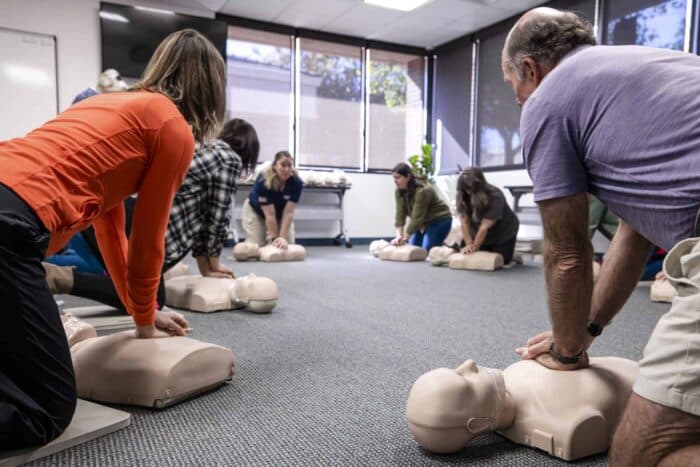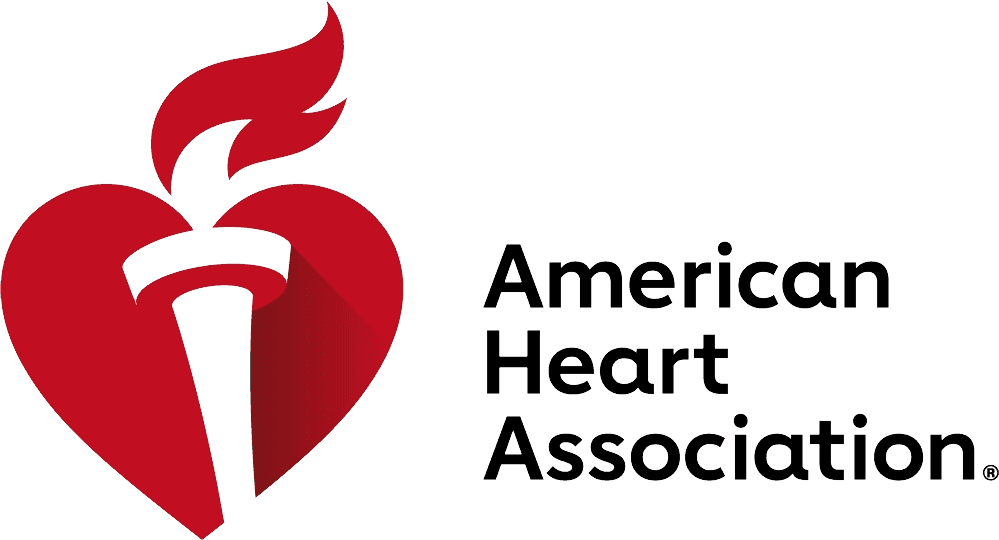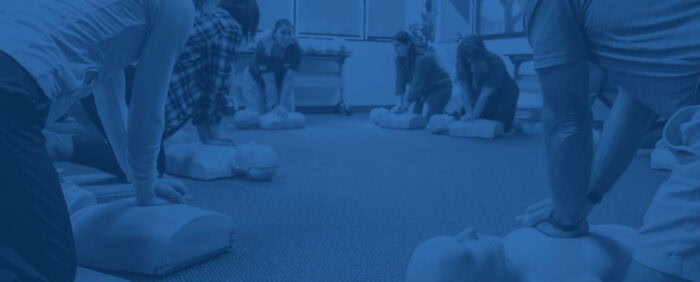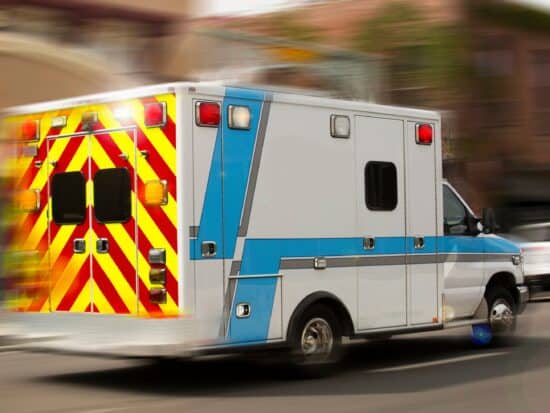Your cart is currently empty!
Cardiac arrest and heart attack are two different medical emergencies related to heart health. There can be misunderstanding that they are similar, if not the same. Properly understanding the difference between the two, along with how to recognize and address each, is incredibly important. As described in more detail below, cardiac arrest is due to an electrical malfunction in the heart, whereas a heart attack occurs when blood flow to the heart is hindered.
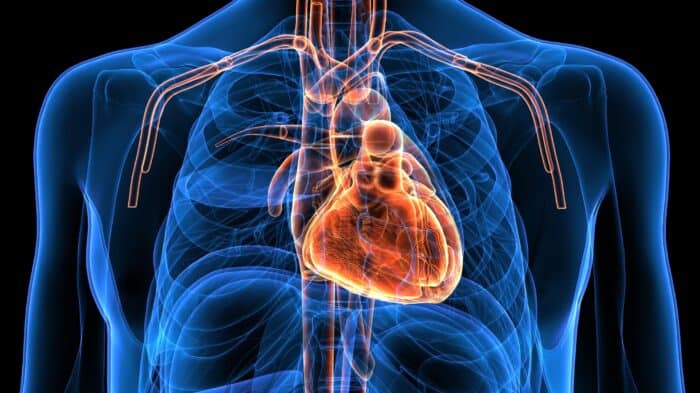
What is cardiac arrest?
Cardiac arrest occurs when an electrical malfunction in the heart causes an irregular heartbeat. This results in the heart beating rapidly and chaotically, or even stopping outright. If the brain, lungs, and other organs do not receive blood from the heart, a person can stop breathing and become unresponsive within a matter of seconds. Without proper treatment, death occurs within minutes.
What is a heart attack?
A heart attack occurs when a blocked artery prevents blood from reaching a section of the heart. The heart muscle is damaged due to lack of oxygen-rich blood flow being able to nourish the heart. Unlike cardiac arrest, the heart usually doesn’t stop beating during a heart attack. The longer the heart goes without treatment, the greater the damage to the heart.
How to tell the difference between cardiac arrest and a heart attack?
When someone is experiencing cardiac arrest, they will suddenly lose responsiveness and will either stop breathing all together, or have abnormal breathing, such as gasping for air. Their heart will either stop beating or beat irregularly, also known as an arrhythmia.
A heart attack, on the other hand, usually does not stop the heart from beating, and symptoms can range from mild to severe. Common heart attack symptoms range from uncomfortable pressure pain in the chest, pain in the arm, neck, jaw or stomach, shortness of breath, lightheadedness or dizziness, unusual fatigue, cold sweats, anxiety, or sudden nausea and vomiting. Women can experience different signs and symptoms when experiencing a heart attack. Some women describe upper back pressure that feels similar to a rope being tied around them, with squeezing sensations. Other symptoms include lightheadedness, dizziness, or fainting.
It is important to know that not all heart attacks begin suddenly with crushing chest pain. They may begin slowly, with mild discomfort and pain. Heart attacks can happen either at rest or while active.
What is the best way to help someone experiencing cardiac arrest?
Before helping someone, ensure the scene is safe. Once scene safety has been established, check for victim responsiveness, and then seek help. Call 911 or your emergency response number to activate emergency medical services. Then call for, or ask the person helping to retrieve an automated external defibrillator (AED) if one is available. Time is of the essence in this situation, as AEDs can double the odds of survival. It is incredibly important to start high-quality CPR immediately. If there is an AED on scene, use it on the victim as soon as it arrives and follow the instructions from the AED. Continue using the AED and performing CPR until professional emergency medical services arrive on the scene, or the person starts to breathe or move.
Can children experience cardiac arrest?
Yes, even children can experience cardiac arrest. For children and infants, airway obstruction is typically the cause. After ensuring the scene is safe, call 911 to activate the emergency medical response and then immediately begin high-quality CPR. If someone is nearby to help, call 911 and begin CPR at the same time. If the victim has suddenly collapsed, an AED should be located and used. Continue performing CPR and using an AED if necessary until professional emergency medical services arrive on the scene.
What is the best way to help someone who is having a heart attack?
Immediately call 911 and activate the emergency medical response even if you are not sure someone is having a heart attack. It is best to call emergency medical services (EMS) to get the victim to a hospital as soon as possible, as every minute matters. EMS are trained to provide treatment as soon as they arrive on scene, and can also provide resuscitation efforts to a victim whose heart has stopped. The sooner the person gets to the emergency room, the better the chance of survival. Prompt medical treatment reduces the amount of heart damage. According to the Centers for Disease Control and Prevention, more than 800,000 people in the United States have a heart attack every year.
Key Takeaways
These two medical events require different responses. How to recognize each, and what to do if you or someone close to you suffers one.
- Recognize the symptoms. Cardiac arrest typically involves a loss of responsiveness and lack of normal breathing.. Heart attacks generally do not, and sometimes have a gradual onset of symptoms ranging from discomfort to difficulty breathing.
- Understand how to respond. Both situations require prompt medical response from professionals, so calling EMS is critical in both circumstances. The use of CPR and an AED may also be necessary to best help the victim.
- Obtain the skills necessary to respond. Because CPR and the use of an AED can be required to effectively address these situations, learning how to use both can greatly improve the odds of survival for a victim. Rescue Training Institute’s AED and CPR class will teach rescuers how to best respond during a heart attack or cardiac arrest, learn more or book a class here.

